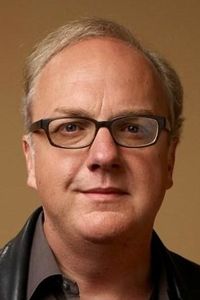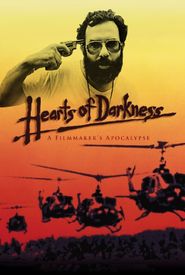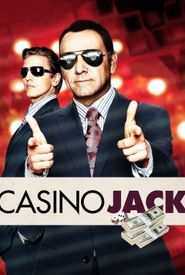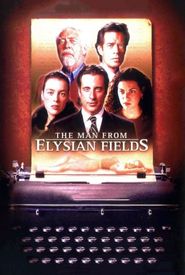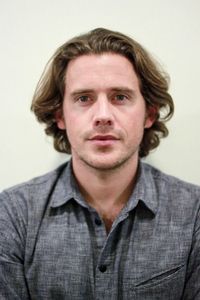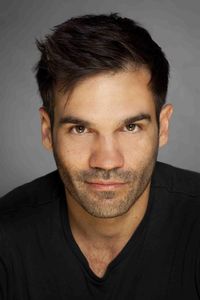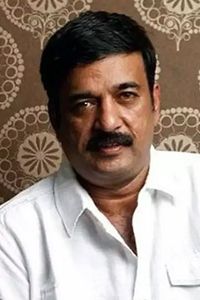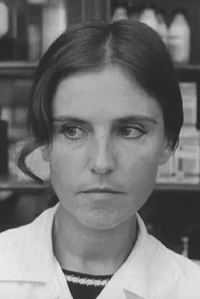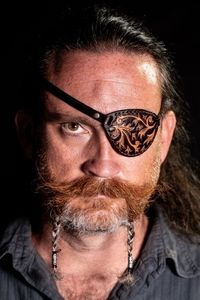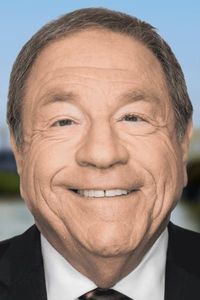George Hickenlooper, a multifaceted individual, was born on May 25, 1963, in St. Louis, Missouri, and spent his childhood in St. Louis, Boston, and San Francisco.
His fascination with film began at a young age, largely due to his great-uncle Leopold Stokowski's involvement in the iconic movie Fantasia (1940). Additionally, his father's work as a playwright and his mother's leadership of a guerrilla theater troop, which protested the Vietnam War, had a profound impact on his interest in storytelling.
Hickenlooper's parents, both well-versed in the art of storytelling, taught him the techniques of narrative and how to convey a message, whether it be aesthetic or political. His early short films, created with his childhood friend Kirk Wise, who would later direct Beauty and the Beast (1991) for Walt Disney, were animated and showcased his creativity.
During his time at a Jesuit high school, Hickenlooper shifted his focus to live-action short filmmaking. Many of his shorts, including "Telefission", "A Day in the Life", "A Black and White Film", and "The Revenant", premiered on Public Television in St. Louis and Kansas City.
Hickenlooper further honed his craft by spending a summer studying at the USC School of Cinema and Television, followed by a B.A. in History and Film Studies from Yale University. After graduating, he interned with renowned producer Roger Corman and went on to author the book "Reel Conversations" (Citadel Press) in 1991, a collection of interviews with film directors and critics.
Hickenlooper made his professional directing debut with the short documentary Art, Acting, and the Suicide Chair: Dennis Hopper (1988),which focused on the life and career of Dennis Hopper. However, it was his documentary Hearts of Darkness: A Filmmaker's Apocalypse (1991) that truly catapulted him to international acclaim, premiering at the Cannes Film Festival and chronicling the tumultuous production of Apocalypse Now (1979).
